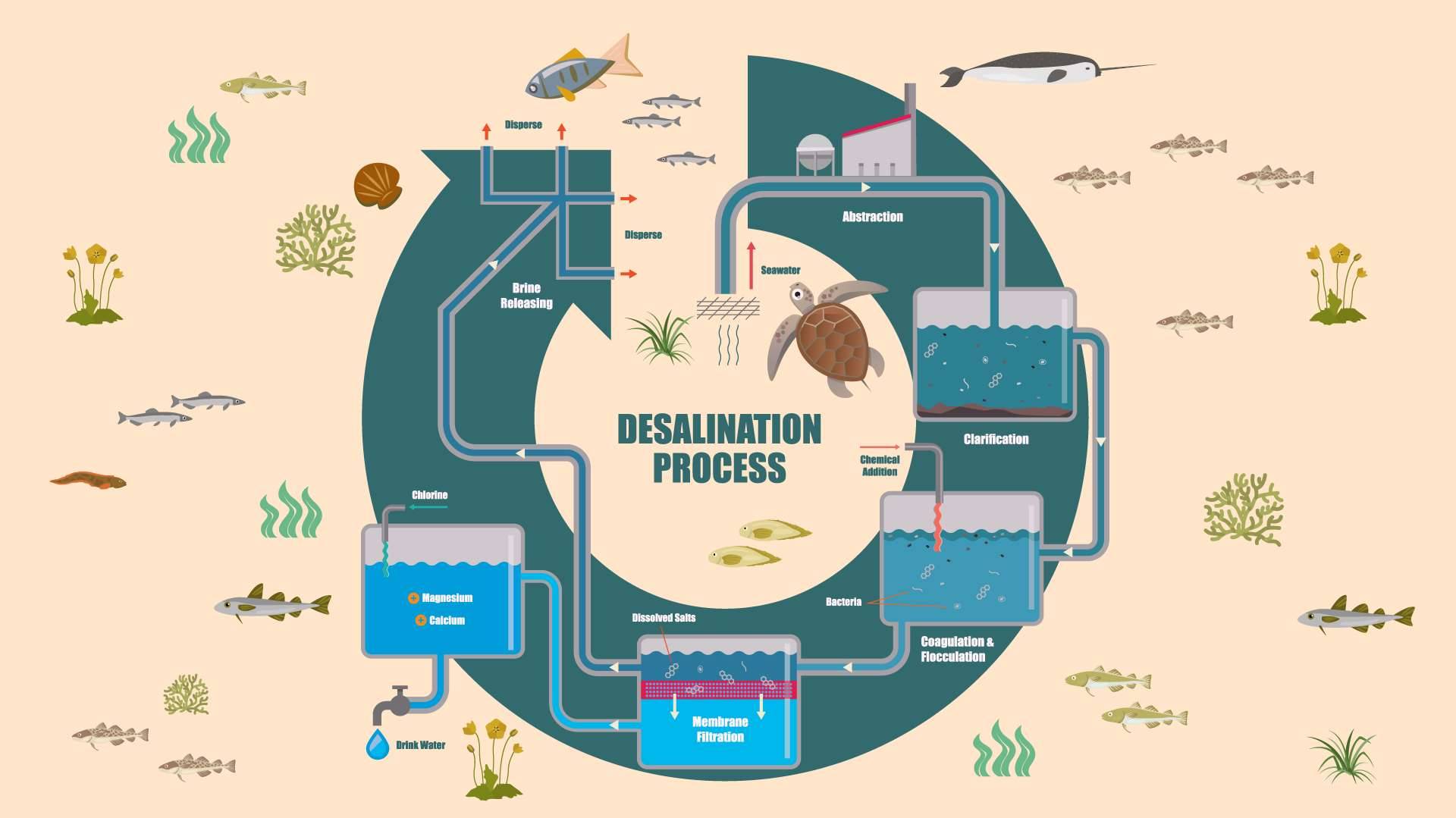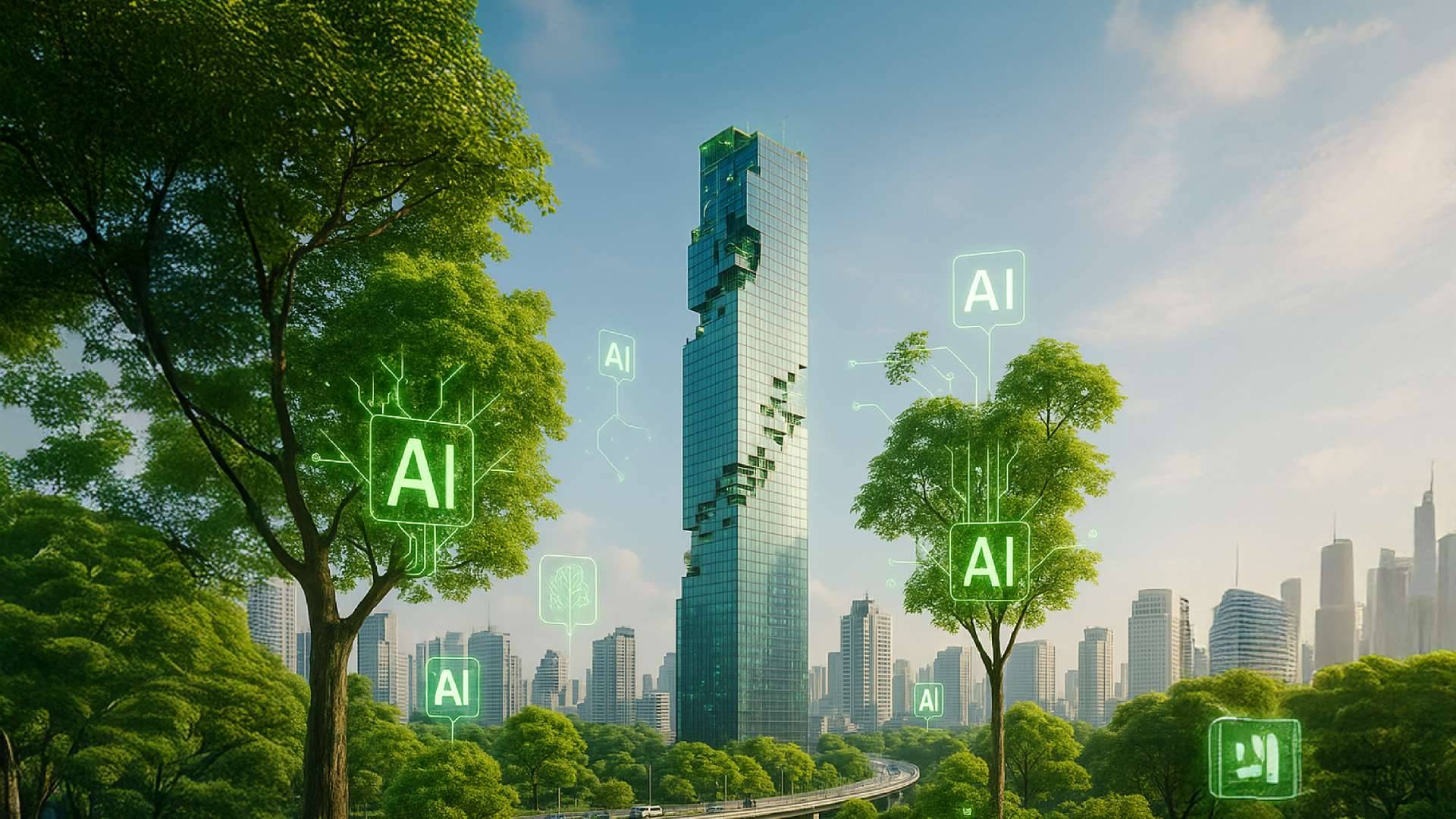
Desalination
ARTICLES | Aug 23, 2022
Writer: Nuttawut Kulkaew
Editor: Wittaya Wonglor
The world’s clean water is mainly used in agriculture (70%), with 19% used in other industries, and 11% in households. By 2025, however, 66.7% of the world will face water scarcity. By 2030 more than 700 million people will suffer drought as climate change reduces rainwater and empties natural reservoirs.
Extraction of fresh water from groundwater and underground sources varies between regions. The cost and difficulty increase with the pressures on the environment. Another option is finding new water sources. The seas cover 71% of the world and hold 97% of its water resources.
From 1960 to 2020, desalination water management systems became more and more popular, especially in North America, the Middle East, Africa, and the Asia Pacific as knowledge, business, technology, and infrastructure developed.
There are 2 main methods of generating fresh water from seawater. Thermal desalination uses heat to evaporate seawater, which is then condensed without the salt particles. Reverse osmosis uses electrical energy to push water particles through a medium and trap the salt particles, using less energy. Both methods require a lot of fossil fuels. More than 76 million tons of carbon dioxide will be emitted per year to produce clean water from the sea. By 2040, generating fresh water from seawater will release 218 million tons of carbon dioxide per year, not counting the massive concentrations of saltwater that are affected. With reverse osmosis, 2 gallons of sea water produce 1 gallon of clean water. But another gallon will turn into concentrated seawater that is released into the sea, disrupting the oxygen and salinity balance of marine ecosystems.
But 300 million people in 173 countries already depend on such processes. Many parties are now trying to make the freshwater generation process more efficient and environmentally friendly.
Saudi Arabia is investing over $500 to complete the NEOM smart city and tourist attraction with thermal desalination by 2024. The project addresses a major flaw in the use of fossil fuels by switching to solar thermal power. But the question remains of how the project will deal with the by-product of concentrated brine.
Implications for the future:
- Being resilient and self-sustaining will become a big question for the cities of the future in terms of food security, energy, and clean water management.
- Smart city development requires a coherent overall vision and action plan for each part to make renewable resources cost effective and minimize negative environmental impacts.
- Managing the water supply system at the city level by changing infrastructure will set a challenge for government agencies in defining the direction of operations and communicating with residents.
Reference:
- https://www.youtube.com/watch?v=D1kqGyPGsF8
- https://ifi.nia.or.th/wp-content/uploads/2019/11/Mobile-Desalination.pdf
- https://www.youtube.com/watch?v=KdFIHecZDfc
- https://www.mining.com/web/new-lithium-technology-can-help-the-world-go-green-if-it-works/
Want to know more about us, click https://www.facebook.com/FutureTalesLABbyMQDC or follow at https://www.blockdit.com/futuretaleslab











